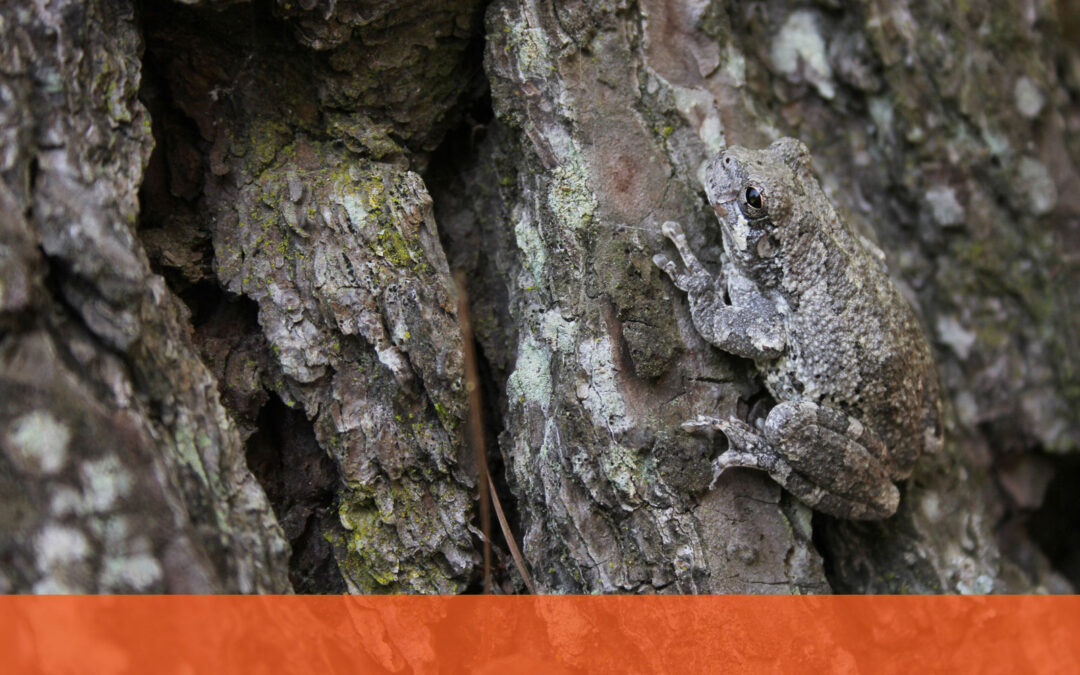It had been about a year since it was cold enough to move all my back porch plants indoors, and I’d been thinking about it, but putting it off. (Yes, I still must get some twisted pleasure out of procrastination—which is really sloth in five syllables—especially if I convince myself that certain tasks are tedious, time-consuming, or both.) But there was no getting around it. Temps were going to be down to 28ºF that night.
It was already dark, so I turned on the back porch light and began picking up the plants and bringing them in. Four orchid plants, a potted Confederate jasmine, a prayer plant, an areca palm, a peace lily, and a goosefoot-plant. But my prize-winning Swedish ivy plant was a little too big—so it got a “haircut” before it came indoors.
As I closed the door, I smiled as I remembered the night I woke up and sat bolt-upright in bed, heart racing.
“What was that?” I said, out loud. But as my mind raced to find an explanation for the noise, I heard it again.
Screech!
I jumped out of bed and ran to the kitchen, standing there for a whole minute, wondering if my refrigerator motor was about to freeze up or something. I’d never heard such a piercing, shrill sound in my house. Ever!
Then it happened again.
Screech!
My eyes immediately locked in on the direction of the sound.
“What in the world?” I said, as I walked over to the area. My plant was making the weirdest sound. But that didn’t make any sense! Plants don’t shriek.
As I approached, the silence of the night was once again pierced by what must have been 80 decibels of a disturbing, screeching, high-pitched noise. Turning on the flashlight on my phone, I approached cautiously, then picking up the Swedish ivy leaves, I looked around at the soil it was planted in.
Nothing.
I kept looking, and finally, stuck to the inside lip of the pot, I spotted the culprit—a very scared-looking little gray tree frog!
“You have got to be kidding!” I said, as I chuckled and shook my head. “How did you sneak in here?”
It took a bit to catch him, and luckily he allowed me to. Had he not wanted to leave my house, his equally strong hind legs would have gotten him a hiding spot anywhere in my kitchen. And who knows how long it would have taken to catch that tiny, one-inch creature!
As I put him out, I apologized. “I’m sorry to put you out, and I hope you survive the cold. But you can’t be in my house! There’s not enough room in there for you and me!”
Of course, with my insatiable curiosity, I had to look up what his fate would be, and was very relieved to discover that he belonged to one of five species of tree frogs in North America that can survive sub-zero temperatures. In fact, instead of slowing down their breathing and heart rate, like most hibernating animals, tree frogs put all their vital systems on hold. They completely stop their lung and heart activity, allowing oxygen to enter their bodies through their skin!
I was stunned to find out that they allow about 65 percent of their bodies to freeze, and by concentrating most of the sugar in their blood around their lungs, heart, and other vital organs, they remain alive. Then, when spring comes and temperatures go up, they just thaw out and come back to life.
Because I didn’t make the time to spray my plants, I wondered if I was going to get infested with little bugs—like I had last year, so I put in an online order for some “natural” kind of bug spray, but I have to admit that I half-expected to be awakened again with the little shrieker!
Happily, I didn’t. But the next morning, as I sat at my desk working, I caught a movement out of the corner of my eye. There, just three feet away, something was crawling up my wall. Sure enough, the same species of gray tree frog! His sticky fingers allowed him to climb casually all the way up to my ceiling.
“Oh no. No no no no no! You have to go, buddy.” I said as I reached for a plastic pitcher, and a broom to coax him into it. He eyed me suspiciously, and stood his ground, until the broom bristles touched him. Then, dodging the wide opening of the pitcher in front of him, he jumped passed it and narrowly missed landing on my face!
Luckily, my little buddy stopped to catch his breath on the floor, and I managed to get him in the pitcher and escort him out to the cold, so he could complete his hibernation cycle.
As I walked back into the house, I thought, Yep, that’s how my character defects act. I ask God to remove them, and He does (usually after a good battle to let go of them). But then some time goes by and I get careless about checking for them.
Constant vigilance. I know what to do. But I don’t always get around to it in time, and they sneak back into my house.
I smiled, and thanked God for the little lesson. He’s so good to me, and He’ll use anything—especially nature—to teach me about my human nature.
As I sat down, a Bible verse came to mind. Once again, the immortal words of David, the Psalmist, played back in my head: “Search me, O God, and know my heart … see if there is any wicked way in me, and lead me in the way everlasting.” Psalm 139:23–24.


